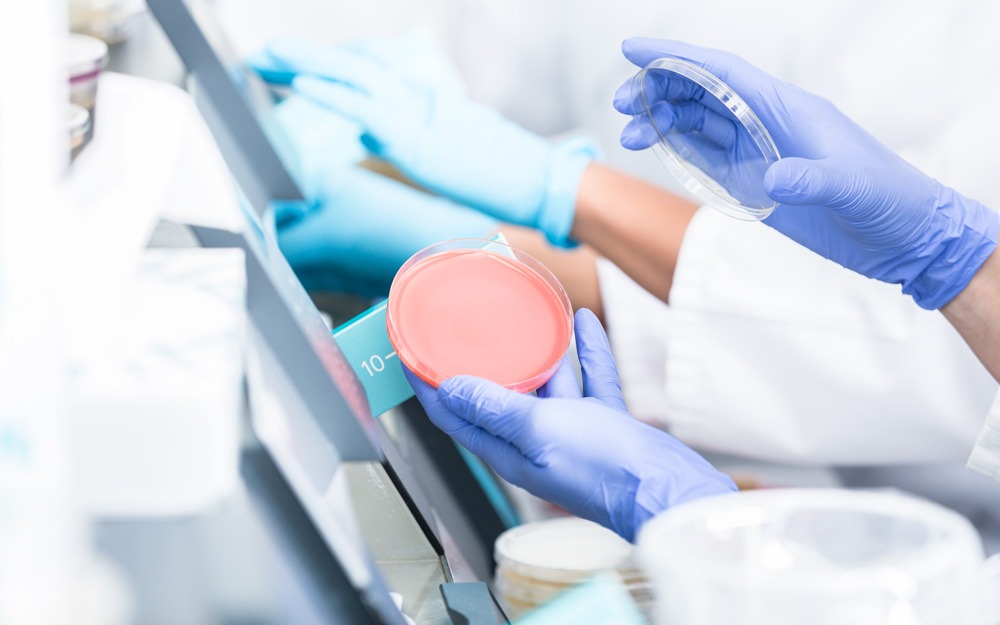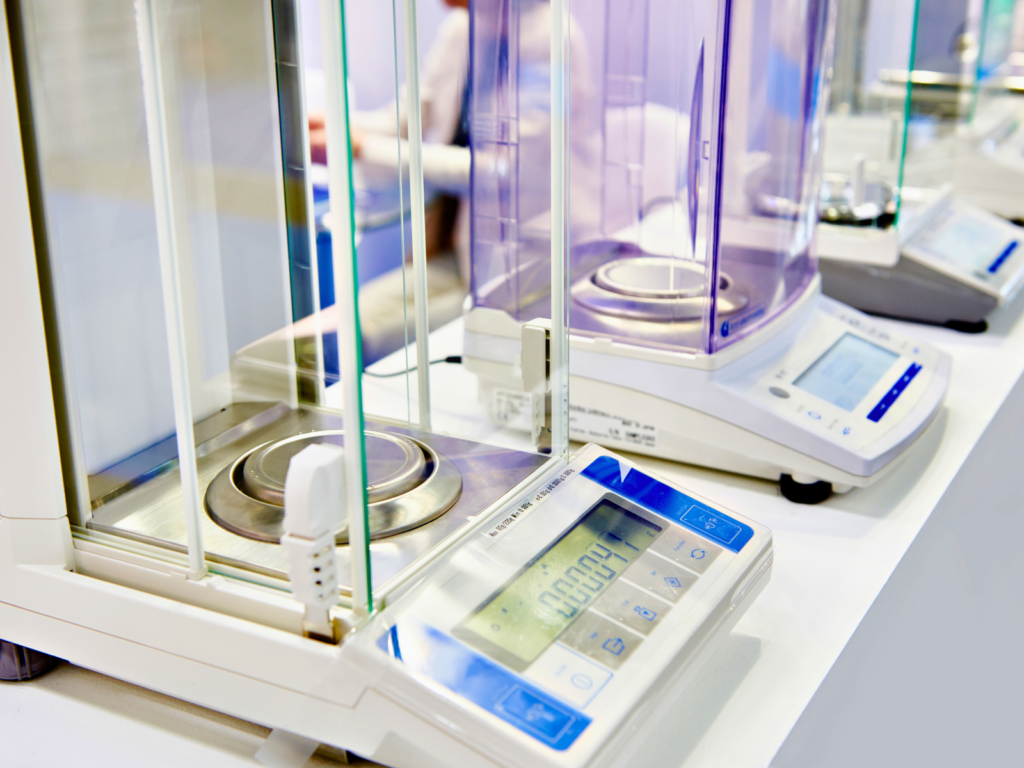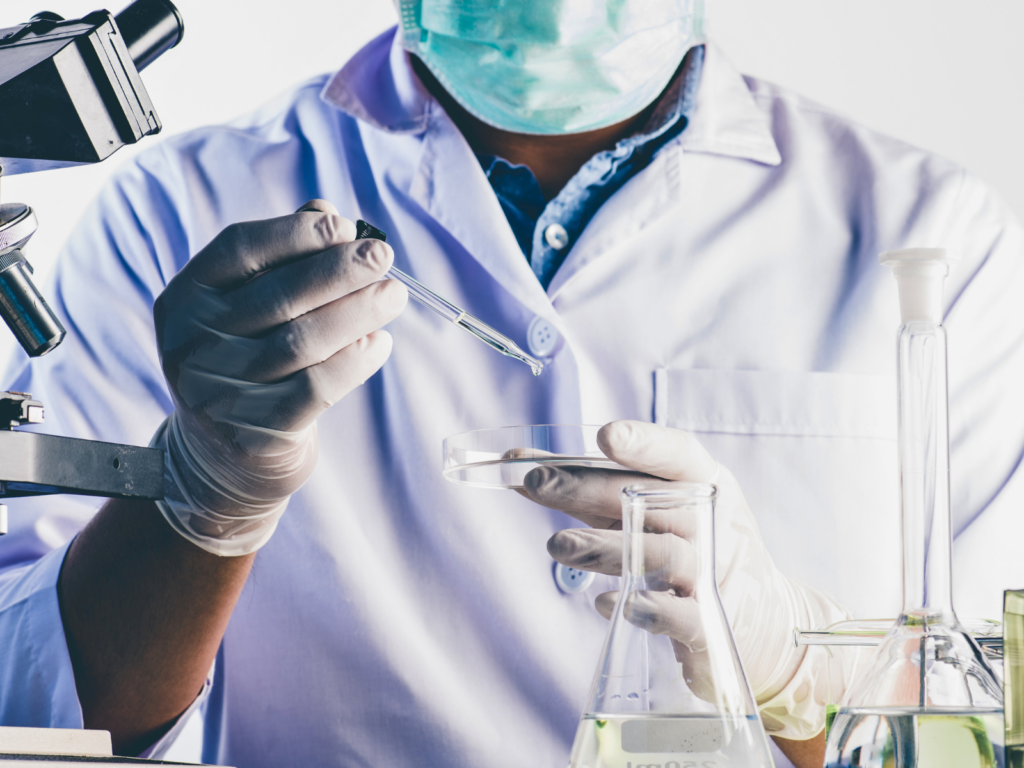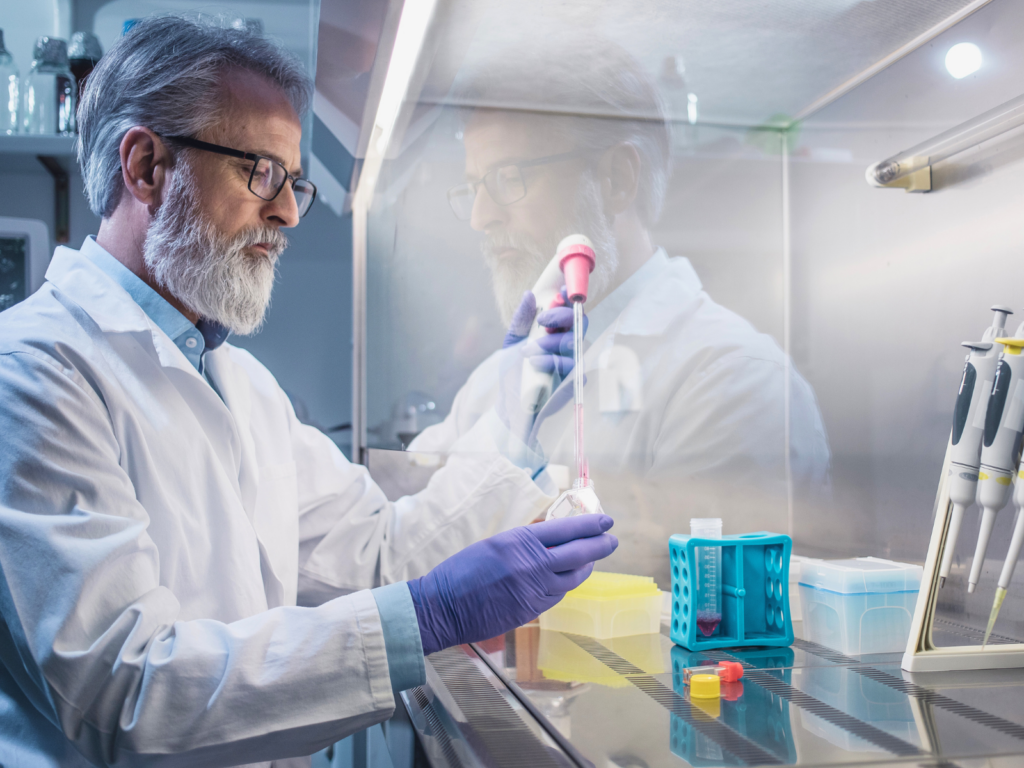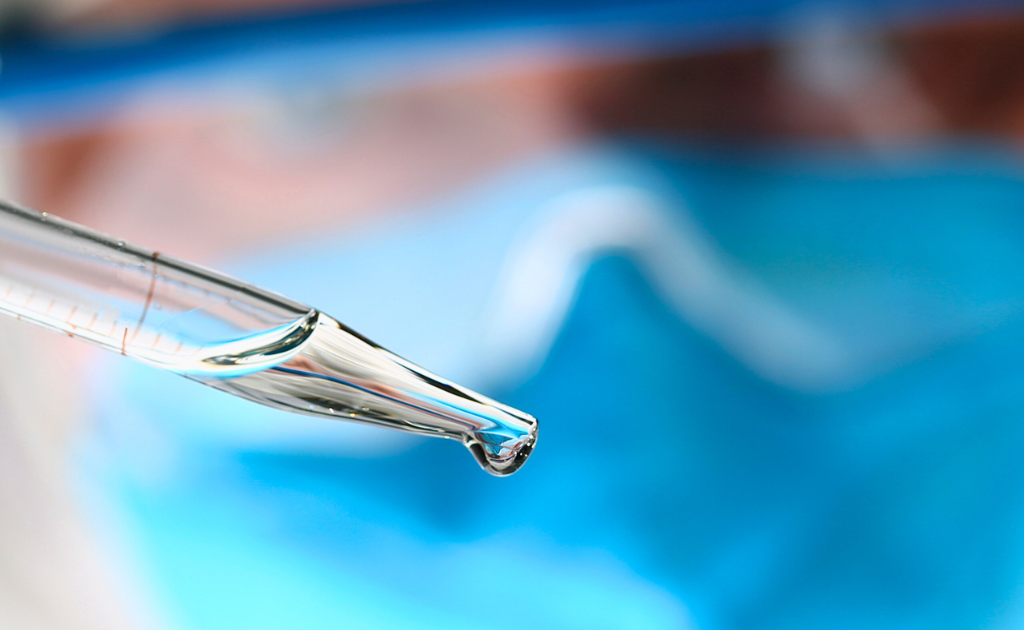When we visit public spaces or travel on public transportation, we expect to encounter dirty surfaces and become exposed to countless germs.
Going to and from our work can be a bacteria-ridden experience. But once we arrive safely at our work, we feel safe. However, studies have shown that even at work, exposure to potentially harmful microbes is high.
The most contaminated areas are those with high traffic where a lot of different people touch the same surface.
Think elevator buttons, office doors and door handles, the conference room phone and even the coffee mugs in your office break room can be sources of contamination.
One of the most shocking revelations from recent studies is that the average work desk contains 400 times more germs than a toilet seat.
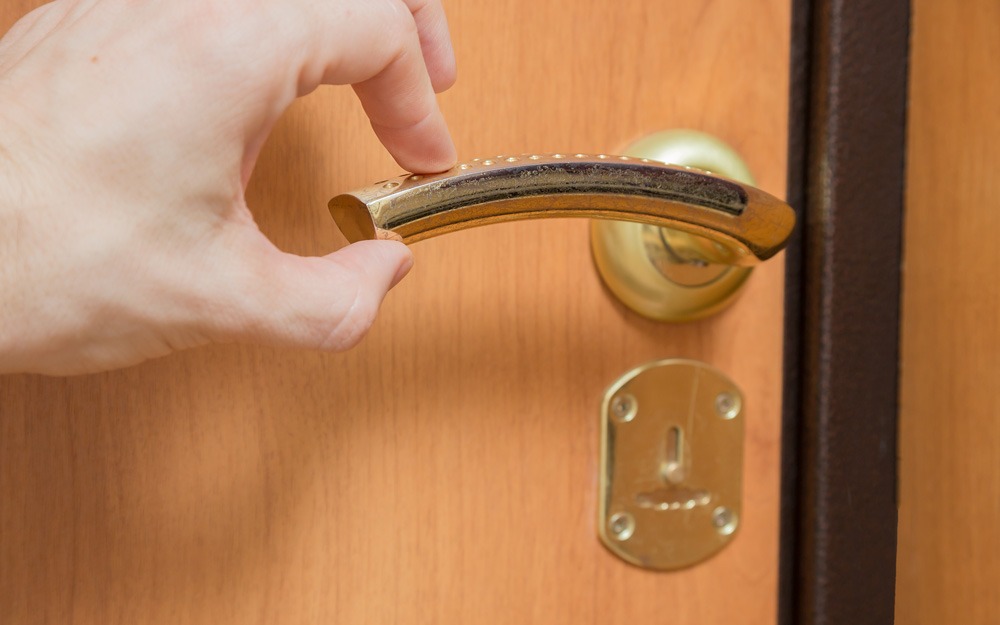
How Many Germs Are Working Alongside with You?
Bacteria, viruses, and other germs are everywhere. Luckily, most of these microorganisms are not harmful to humans, yet a significant percentage is, and these are the ones you need to worry about because they can cause sickness, affect product safety, and harm the company’s bottom line.
Helicobacter pylori, E-coli, Staphylococcus aureus, and Pseudomonas aeruginosa, are some of the most common harmful bacteria we encounter in office and manufacturing plant settings.
According to an article from the Independent:
- The average desktop hosts 20,961 germs per square inch
- Keyboards harbor an additional 3,295
- A computer mouse can hold another 1,676
- And your office phone can have as many as 25,127
- Handles on a shared kettle or coffee pot can contain 2,483 germs per square inch
By comparison, a toilet seat has only 49 microbes per square inch.
Risk of Infection in the Workplace
Last month a research study from the University of Washington published in PLOS ONE determined that millions of workers face exposure to infection at least once a week in the workplace.
The researchers used federal employment data to reach its conclusion. These were the findings obtained from the data:
- 14,425,070 or 10% of U.S. workers are exposed to disease or infection at least weekly
- 26,669,810 or 18.4% of American workers run the risk of exposure to disease or infection at least monthly
The study found that healthcare occupations represent the bulk of workers who have the highest risk of illness from exposure to harmful bacteria. Other high-risk occupations refer to those that frequently interact with the public or provide essential services.
The most frequent risks include flu-like illnesses, and other respiratory diseases, like COVID-19, as well as wound infections.
The study serves as a reminder of the importance of a clean work environment. But more than that as Marissa Baker an assistant professor in the UW School of Public Health and lead researcher in the study pointed out,
“The workplace should be a focus for public health intervention, especially during disease outbreaks such as COVID-19.”
How Allometrics Can Help Make Your Work Environment Safer
At Allometrics, we provide surrogate bacterial and air sampling tests to identify high concentrations of bacterial colonies. This test allows employers to improve their cleaning protocols to ensure the safety of workers and the general public.
Additionally, we now provide molecular testing for COVID-19. These tests are becoming essential for businesses in the commerce, food, and manufacturing industries as well as for those managing public gathering settings. As the nation slowly works to reactivate the economy, the safety of workers and the general public become paramount.
Regularly testing your work environment for potentially harmful bacteria and the virus responsible for COVID-19 will safeguard your workers and your product or service.
Call us today to schedule your surrogate bacterial and air sampling or molecular COVID-19 testing.
